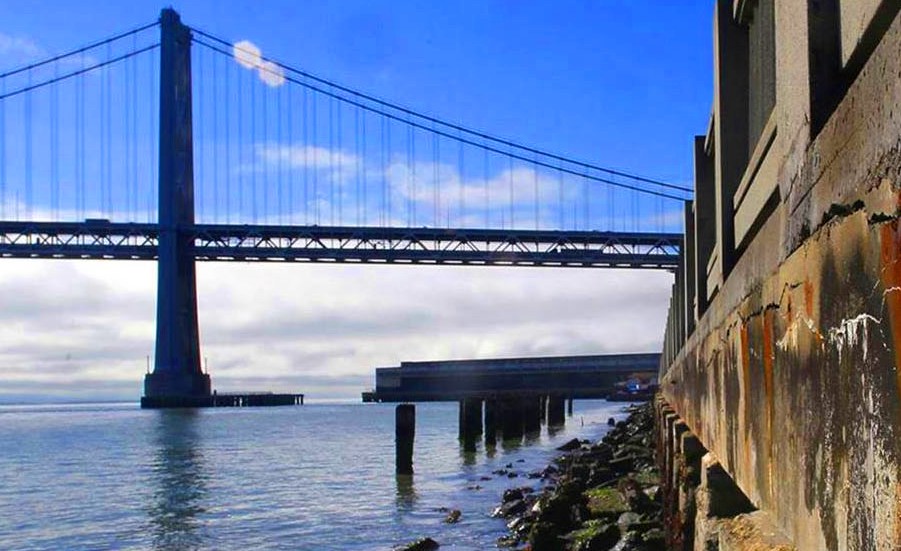Arcadis, a global design and consultancy firm for natural and built assets, announced November 8 that along with CH2M, it has been selected by the Port of San Francisco to lead the design and engineering for the 10-year Seawall Resiliency Project. The total contract amount for the project is estimated to be $40 million.
Arcadis and CH2M will work in equal partnership and will jointly share management of the project. Arcadis will lead risk analysis, coastal engineering and modeling while CH2M will provide marine and structural engineering services for the seawall and other structures.
Officials say the goal of the San Francisco Seawall Resiliency Project is to fortify 3.5 miles of a century-old sea wall protecting the city’s treasured waterfront from Fisherman’s Wharf to Mission Creek near AT&T Park, home of the San Francisco Giants baseball team.
Peter Wijsman, Arcadis’ city executive to San Francisco, said in a recent news release that the major drivers for improving the seawall include earthquake protection enhancements and flood risks.
“Arcadis brings its Dutch heritage of addressing coastal resiliency and its broad experience in civil engineering and coastal protection in urban settings, most recently in New York City and in New Orleans after major hurricanes," says Wijsman. "This contract win strengthens Arcadis’ water management position on the U.S. west coast.”
The seawall supports historic piers, wharves, and buildings including the Ferry Building. It underpins the Embarcadero Promenade which welcomes millions of people each year and provides flood protection to San Francisco’s Financial District and other neighborhoods. The seawall also serves as a critical emergency response and recovery area, and it supports multiple municipal transportation systems and utility networks.
“Our strong track record in urban resilience globally, combined with our extensive water management expertise, provides a solid basis for our involvement in this important project,” said Peter Oosterveer, Arcadis’ CEO in the release.
Oosterveer says that growth in the U.S. and in urban resiliency is at the core of his company's organic growth ambitions and this project fits very well in their overall strategy. "As it is common in our approach to projects, enhancing the sustainability of the seawall and improving the local Bay Area ecosystem will be an integral part of the work,” he said.
Last year the Port of San Francisco released an Earthquake Vulnerability Study that revealed that most of the seawall is built over Young Bay Mud, a weak, saturated, and highly compressible marine clay that tends to amplify earthquake shaking and is susceptible to earthquake induced lateral spreading and settlement. Additionally, the fill used to create the land behind the seawall is susceptible to liquefaction.
The study included an economic analysis which showed that $1.6 billion in assets are at risk from earthquake damage, and that the seawall supports $2.1 billion of economic activity annually.
The Port's analysis estimates that costs to significantly improve the resiliency of the entire three miles of seawall and waterfront will be around $2 - $3 billion. This includes what the project team considers as the most promising mitigation options to fully improve earthquake resilience of the northern waterfront.
Project highlights would include ground improvement of the seawall foundation using jet grouting techniques; a combination of structural retrofits and replacement of bulkhead wall and wharf structures; mitigation of liquefaction in The Embarcadero using stone columns; and select utility replacement and relocation.
With consideration of sea level rise, the Port has estimated costs could reach $5 billion to fully incorporate adaptation measures needed for the next 100 years. While the study considers waterfront resilience needs, there is an urgency to advance seawall seismic strengthening efforts given that a major earthquake could occur at any time and is very likely to occur within the next 30 years, say port officials.

